Research
Research
The group (captured in 2011) is led by Professor Judith A. K. Howard and has a wide range of materials-based research interests. These include experimental charge density analysis, in-situ crystallisation of liquids, ultra-low temperature crystallography, high pressure crystallography, software development, solid-state reactions the study of non-linear optical materials and magnetically interesting materials.
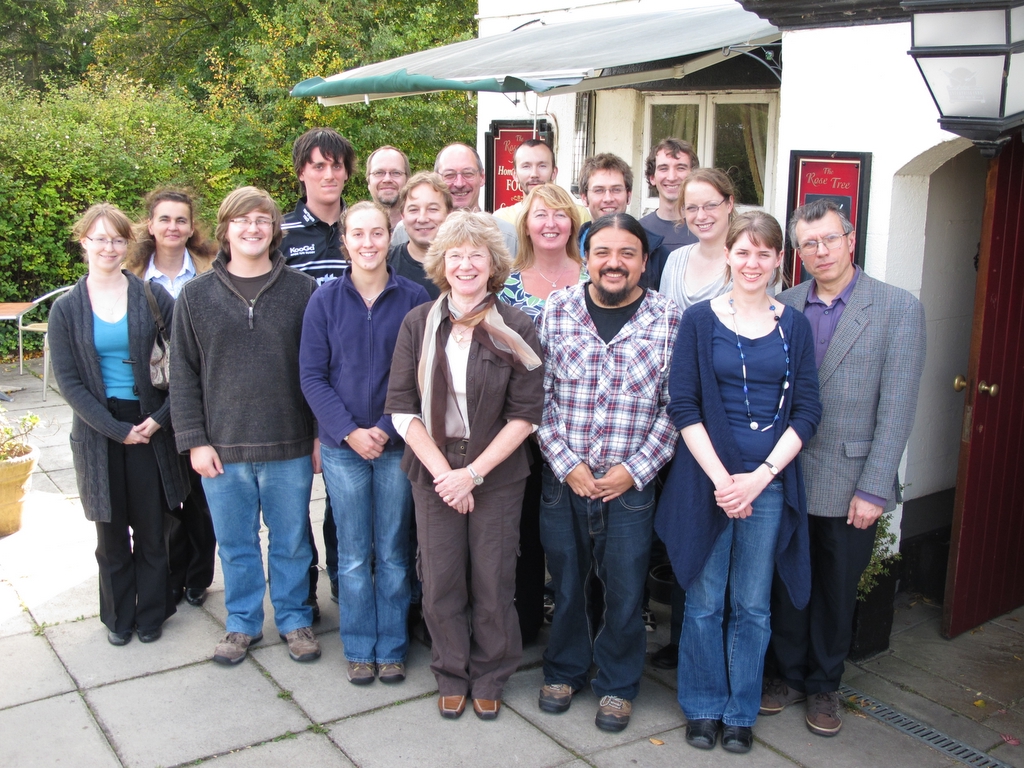
A wide range of research is undertaken within the group, the key areas of which are highlighted below:
Crystallisation

Micro scale methods of solution crystallisation, developed and optimised in our laboratory, are effectively used for growing single crystals of various pharmaceutical substances. Using these methods, single crystals can be obtained from a sample of crystalline material as small as 5-10 mg. Different polymorphic modifications of a compound, including unstable ones, can be crystallised from a 1-3 g sample. This is important for the drug development at early stages when only a small amount of pure material is available for study. We also deal with competitive crystallisation and challenging crystal habits.
Electron Distribution Studies

Collecting accurate, high resolution X-ray charge density data (2θ ≥ 100°) provides information on the electron distribution within the system under study. These studies are more challenging than ‘ordinary’ single crystal experiments due to the requirements for very good quality single crystals which diffract well up to a high resolution and the need to collect highly redundant accurately processed data. However, such investigations allow us to determine both the nature of the bonding and the atomic interactions for a particular compound, which can provide vital insights into its structure and behaviour. Our research in this area includes looking at the effect of intermolecular interactions on compounds undergoing solid-state reactions (e.g. coumarin-3-carboxylic acid) and more challenging studies determining the nature of the bonding around transition metal centres (e.g. [Rh(C7H8)(PPh3)Cl]).
In-situ Crystallisation of Liquids
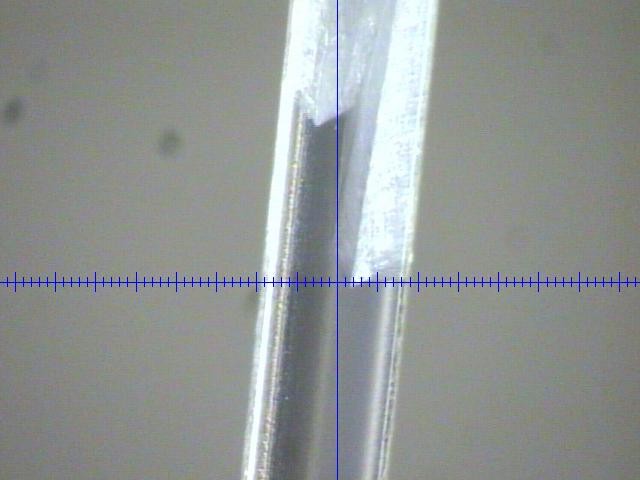
This technique provides the opportunity to study crystal structures of compounds which are liquids or even gases under ambient conditions. Our research interest in this area is focused on growing low-melting point co-crystals for example, a molecular complex of methanol and chloroform. These studies are important for understanding the basic principles of intermolecular interactions and polymorphism and also valuable for theoretical chemistry as the number of atoms in such systems is relatively small. This area of crystal chemistry is virtually unexplored and almost every co-crystallization experiment produces new and often unexpected results.
The laboratory is equipped with special attachments and a dedicated computer-controlled laser-based heating device for in-situ crystal growth.
Magnetic Materials
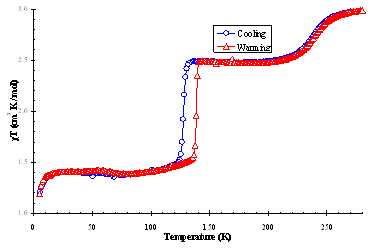
One of our interests is the study of materials presenting magnetic properties with academic and potential industrial interest, e.g. molecular magnets, spin crossover compounds, organic ferromagnets, organic superconductors, etc. The structural characterization of these materials is vitally important for the understanding of their behaviour and for the design of new materials showing enhanced properties. Variable temperature X-ray single crystal diffraction studies, neutron diffraction experiments, moun spin resonance, etc are among the techniques we use to carry out this work.
Software Development

Olex2 is an easy-to-use program for small-molecule structure solution and refinement. It also includes many useful tools for structure analysis, archiving and report generation. All aspects of the structure determination and publication process are presented in a single, workflow-driven package – with the ultimate goal of producing an application which will be useful to both chemists and crystallographers.
Solid State Photochemistry
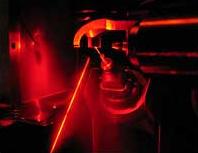
Solid-state chemistry is a wide ranging subject which encompasses various light induced phenomena, there are many potential applications including molecular switches, sensors and optical storage. Our interest in solid-state photochemistry covers a broad range of phenomena including solid state [2+2] cycloaddition reactions, spin-crossover complexes and photochromism. Many of these studies are carried out by irradiating the samples in-situ with either lasers or UV light.
High Pressure
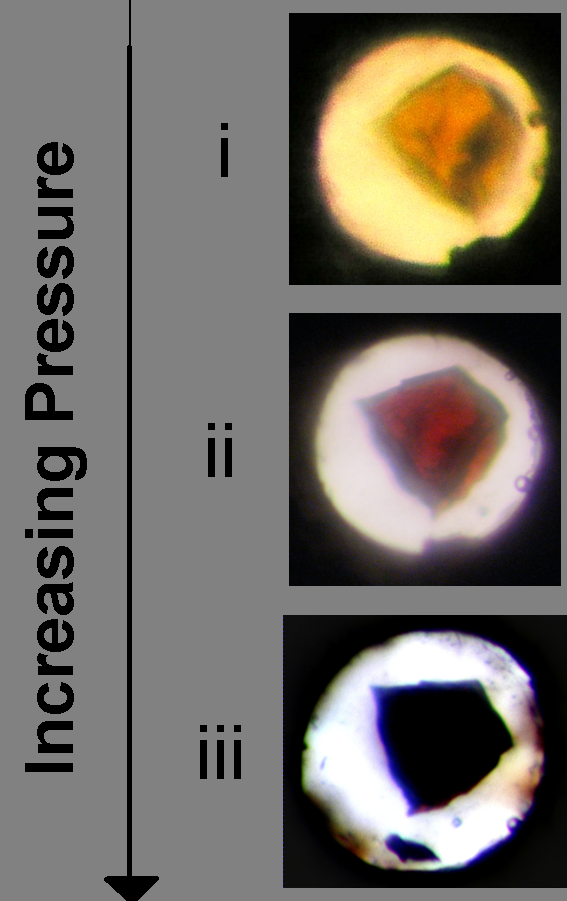
Our current high pressure structural research encompasses two very different areas. The first is the crystallisation of molecular liquids through the application of pressure, often leading to markedly different phases to the solid-state formed though low temperature crystallisations. The second area of research concerns the structural response of crystals to the application of pressure, particularly compounds that have been shown to novel electronic or magnetic behaviours under non-ambient conditions.
The group currently has access to a number manually driven diamond anvil cells (DAC’s) with attachments for use on a number of different diffractometers.
